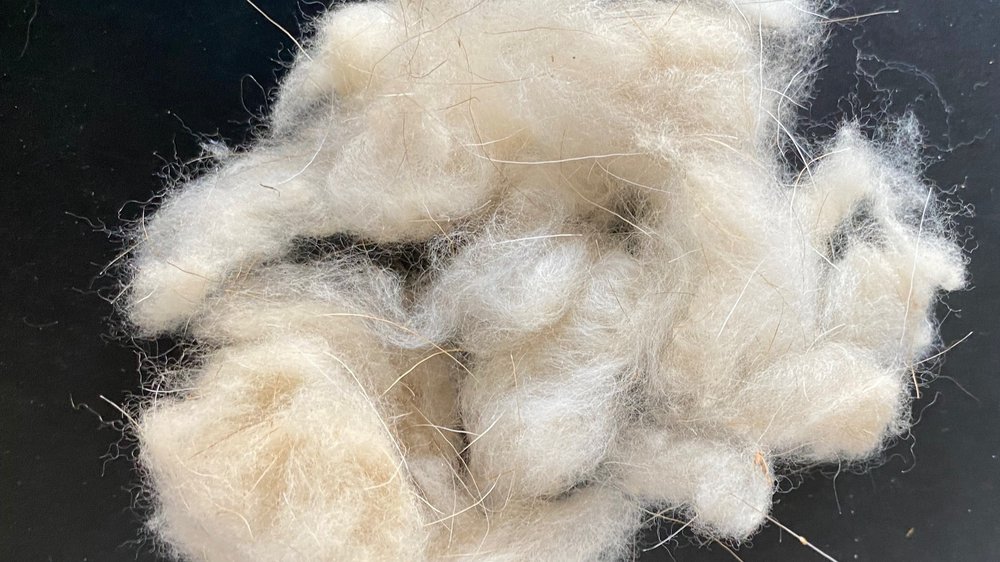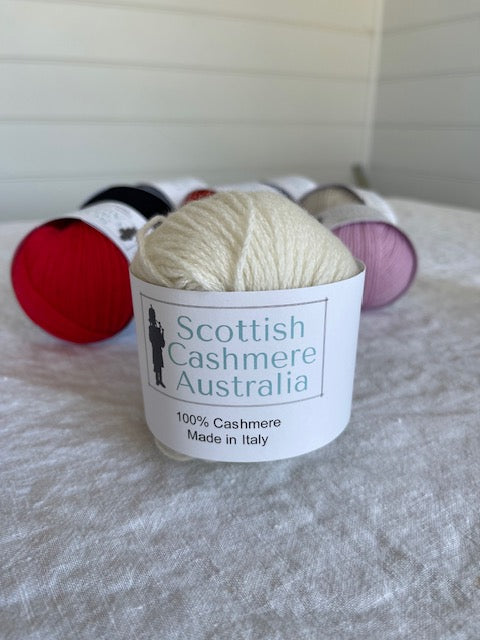What Material Is Cashmere? Understanding Its Distinctive Characteristics and Uses
What Material Is Cashmere? Understanding Its Distinctive Characteristics and Uses
Blog Article
Comprehending the Different Sorts Of Cashmere a Natural Fiber and Their Unique Advantages

The Beginnings of Cashmere: A Historical Introduction
While the extravagant touch of cashmere remains to appeal modern-day customers, its origins trace back to the severe, cool climates of Mongolia and the Himalayas. For centuries, the aboriginal individuals of these regions have actually been increasing Capra Hircus goats, the prime resource of cashmere woollen. These goats, resistant versus the extreme wintertimes, grew a great undercoat to make it through, which later became known as cashmere. The name itself admires Kashmir, a region in India where the wool was at first refined. Much of the very early cashmere profession course was helped with by the Silk Roadway, linking Asia with the Middle East and Europe. In spite of its global spread, the finest cashmere is still believed to stem from the initial regions of Mongolia and the Himalayas.

The Production Refine: From Goat to Garment
Shearing a Capra Hircus goat notes the creation of the detailed cashmere manufacturing process. The resultant raw cashmere is then washed to eliminate pollutants such as grease, dust, and vegetable matter.
The tidy fiber is subjected to dyeing, spinning, and weaving, or knitting, to change it right into a textile. Complex procedures like quality assurance checks and ending up procedures adhere to, ensuring the end product maintains the lavish standard anticipated of cashmere. This painstaking procedure, from goat to garment, warrants the high cost attached to cashmere items, making them a symbol of high-end and refinement.
The Different Kinds of Cashmere: A Thorough Evaluation

The Unique Benefits of Cashmere: Convenience and Sustainability
Moving from the selection of cashmere types to the benefits they provide, comfort and sustainability stick out prominently. Cashmere, an all-natural fiber, is renowned for its exceptional softness, offering a level of comfort that artificial fibers can not match. The material's agility, yet excellent heat retention, makes it perfect for all seasons. Cashmere's all-natural elasticity permits it to return to its initial shape, making it resistant to diminishing or extending.
When it pertains to sustainability, cashmere is eco-friendly and biodegradable, as it's collected from cashmere goats that regrow their coats every year. what is cashmere. Unlike synthetic fibers which can take centuries to decay, cashmere's effect on the setting is minimal. This mix of convenience and sustainability makes cashmere a valuable option for conscious consumers

Caring for Your Cashmere: Upkeep and Conservation Tips
While cashmere is most certainly a sustainable and luxurious selection, it needs particular treatment to maintain its high quality and expand its life-span. To begin, cashmere must be hand cleaned using chilly water and a mild detergent. Cashmere products should be saved in a completely dry and trendy location, away from straight sunlight and dampness.
Purchasing Cashmere: Understanding Its Worth and Worth
Although cashmere may originally feel like a pricey financial investment, its lasting value and worth ended up being noticeable when you consider its exceptional top qualities. Known for its unrivaled softness and warmth, cashmere is a costs all-natural fiber that outshines various other products. Its high need and limited supply add to its high price, yet its durability guarantees Check This Out it lasts for many years, providing excellent value for money. Cashmere pieces are ageless, usually becoming heirlooms passed down through generations. what is cashmere. In addition, its all-natural shielding buildings give warmth without the mass of artificial fibers. Buying cashmere, as a result, is not almost existing fashion patterns, however concerning embracing a sustainable, lasting, and elegant way of life.
Verdict
In summary, the kind of cashmere one picks, be it Mongolian, Chinese, or Italian, is determined by specific choices for warmth, budget plan, luxury, and sustainability. Understanding the beginnings, manufacturing process, and distinct benefits of different kinds of cashmere can assist customers in their investment in this glamorous all-natural fiber.
Whether it's the extraordinary warmth of Mongolian cashmere, the cost of Chinese cashmere, or the eco-conscious production of Italian cashmere, there's a story to be discovered behind each fiber kind. Cashmere, a natural fiber, is renowned for its unmatched softness, providing a level of comfort that synthetic fibers can not match.When it comes to sustainability, cashmere her comment is here is renewable and eco-friendly, as it's collected from cashmere goats that regrow their layers each year. Known for its unmatched softness and warmth, cashmere is a premium natural fiber that outshines other materials. Recognizing the beginnings, manufacturing procedure, and one-of-a-kind advantages of various types of cashmere can direct consumers in their investment in this elegant natural fiber.
Report this page